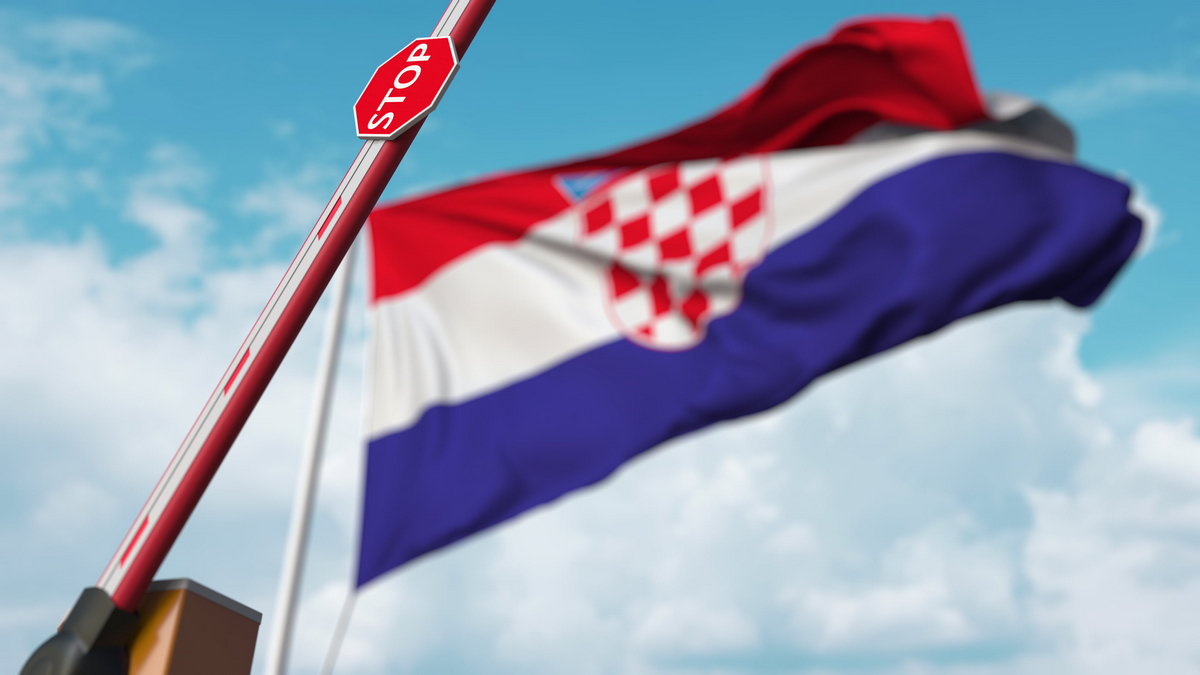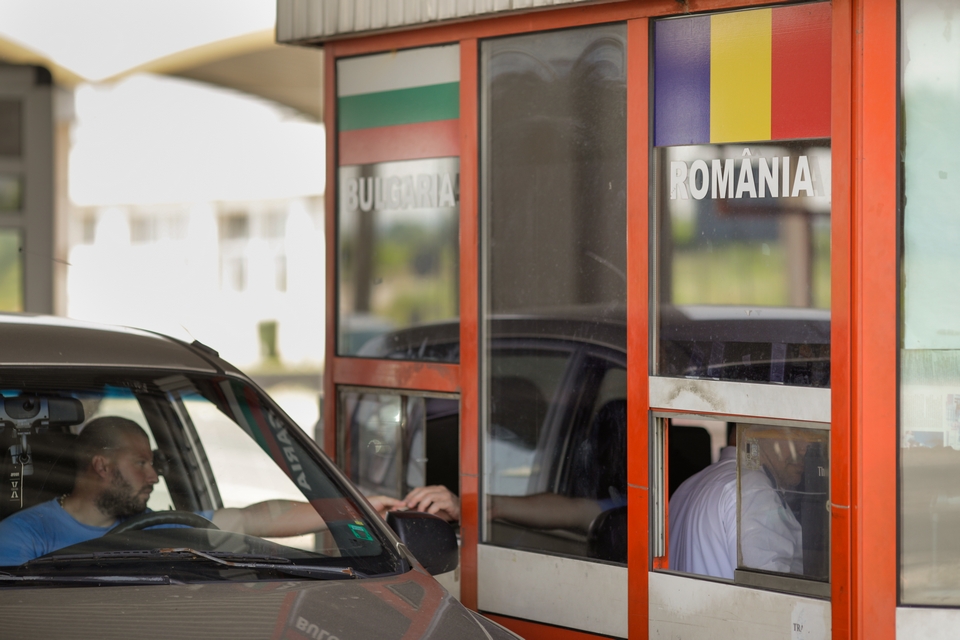What does it mean for Serbia?

Starting from the 1st of January 2023, Croatia will join the Schengen Area, becoming the 27th member of the continent’s borderless travel area. In less than a month, border controls will be abolished at land and sea border crossings, and in the spring, on March 26, at the airports as well.
This process started in 2015, when Croatia sent a letter in which it was pointed out that as of July 1 of the same year, it is ready to begin evaluating all relevant areas of the Schengen acquis. The evaluation process ended in 2019, with the European Commission confirming that Croatia meets all the technical requirements for Schengen accession. For Bulgaria and Romania, however, there is no consensus at the EU level.
The questions are raised by Austria, which is against the entry of both countries, and there are no indications that this position could change. „It is wrong that a system that does not work properly in many places would get expanded at this point,” Austrian interior minister Gerhard Karner said. According to official data, Austria recorded 100,000 illegal border crossings in 2022.

This caused indignation on the part of the two Eastern European countries, which emphasized that they would do their best to become members of this area in the coming year. The decision requires the consent of all 22 EU countries that are Schengen members, as well as the four external members (Switzerland, Liechtenstein, Norway, and Iceland).
Croatia’s entry into the Schengen area will undoubtedly be beneficial for the citizens of Serbia who are traveling to the countries of Western Europe via its territory
The question is, what does this mean to Serbia and its citizens?
Analysts believe that Croatia’s entry into the Schengen area may cause a bit more congestion in the first few months when entering Croatia from Serbia, but by the beginning of the next summer season at the latest, we can expect normal transition at those border crossings. However, Croatia’s entry into the Schengen area will undoubtedly be beneficial for the citizens of Serbia who travel to the countries of Western Europe via its territory.
Until now, citizens of Serbia had to cross two state borders when traveling to countries such as Italy, Switzerland, or Austria. From the 1st of January, there will effectively be only one state border to cross, which will reduce congestion between Slovenia and Croatia, especially during the tourist season.
In order to enter Schengen, it is necessary to undergo thorough evaluations whether the country can take responsibility for the control of external borders on behalf of other Schengen area countries, cooperate effectively with the police bodies of other Schengen area member states in order to maintain a high level of security after the abolition of border controls, apply Schengen rules, such as control of land, sea and air borders (airports), issuance of Schengen visas, police cooperation and protection of personal data and connection to the Schengen Information System and its use.
From the 1st of January, Croatia will become the country with the longest external border of the EU, which will pose new challenges for the country. The fate of Romania and Bulgaria remains uncertain, as concerns over organized crime, unauthorized migration, and security have held up their bids.